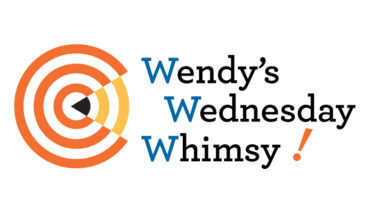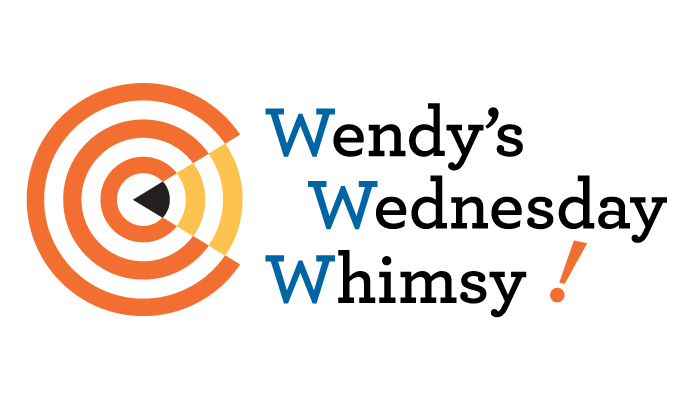A Wendy’s Wednesday Whimsy
This week’s Whimsy is going to be short and to the point. Having edited evidence-based advisors’ work since 1998, I’d be an independently wealthy writer indeed if I had a nickel for every time Warren Buffett has been referenced, quoted, cited or shared in our communications.
As beloved as the man seems to be in our community, you would think we would at least spell his name correctly.
Quite the opposite. I estimate that I’d nearly double my wealth if I also received a dime for
every time I needed to add the second “T” to the end of his name: Buffett, not Buffet.
I haven’t actually kept score, but it is the most consistently common correction I’ve made during my career – by far. That includes figuring out whether it should be “who” or “whom.”

It’s also a more serious error in my estimation. I’d rather see your readers forgiving you for not being sure whether it should be “its” or “it’s” than catching an error that suggests you’ve confused the Chairman of Berkshire Hathaway with an all-you-can-eat food bar.
Here are a few more handy associations to help you remember Mr. Buffett’s name:
- Think of him as “Tea for Two.”
- He’s such a great big name in our business, he deserves all the letters he can get.
- He’s twice the guy most of the rest of us are.
- Two Rs, Two Fs … might as well make it two Ts too.
Last but not least, when in doubt, double itt.


 You can still do that if you haven’t yet.
You can still do that if you haven’t yet.
 Last week’s launch of
Last week’s launch of 
 “How did you find evidence-based investing?”
“How did you find evidence-based investing?”

